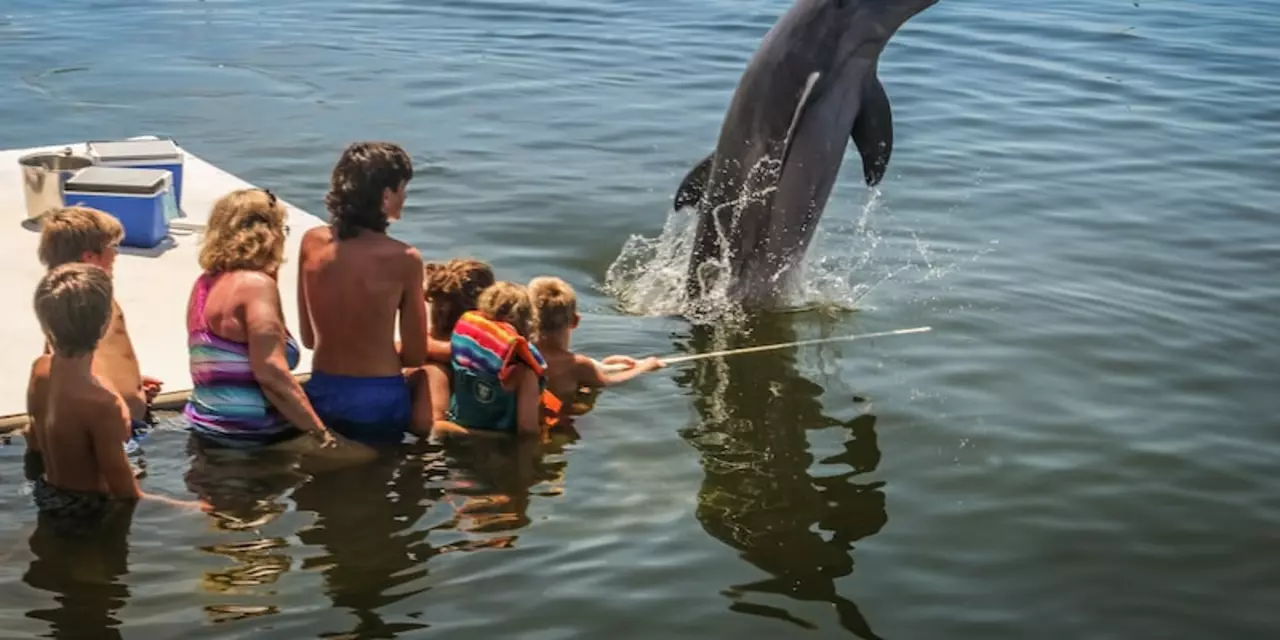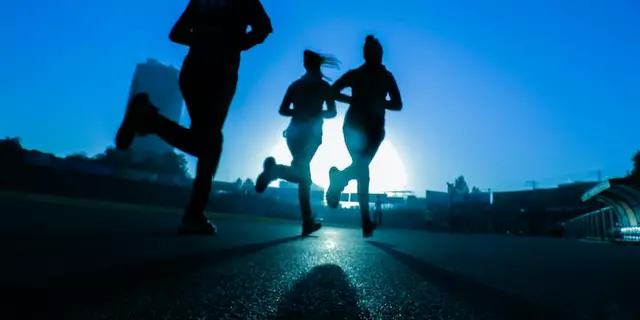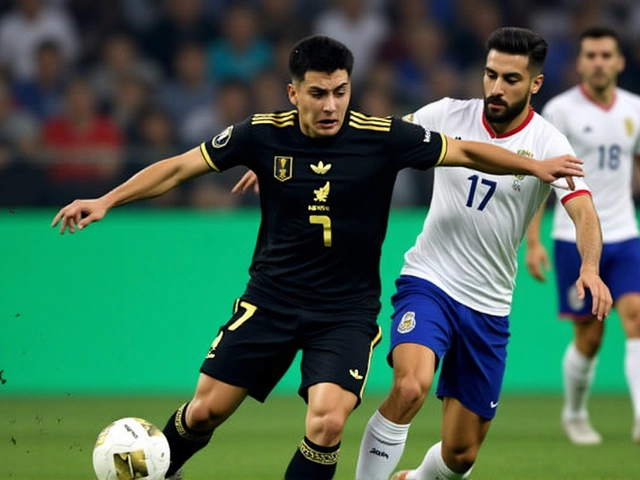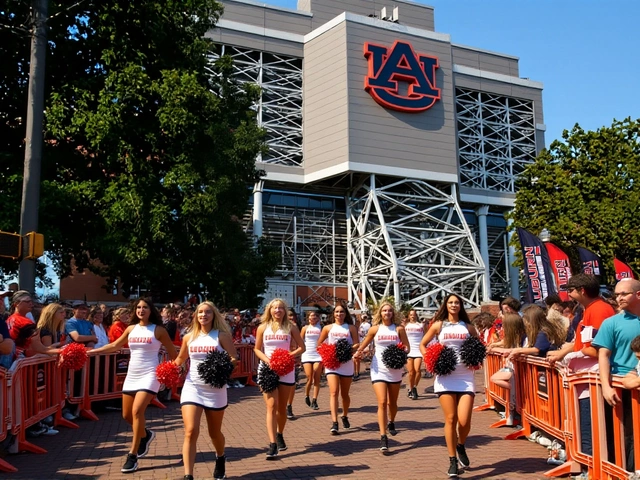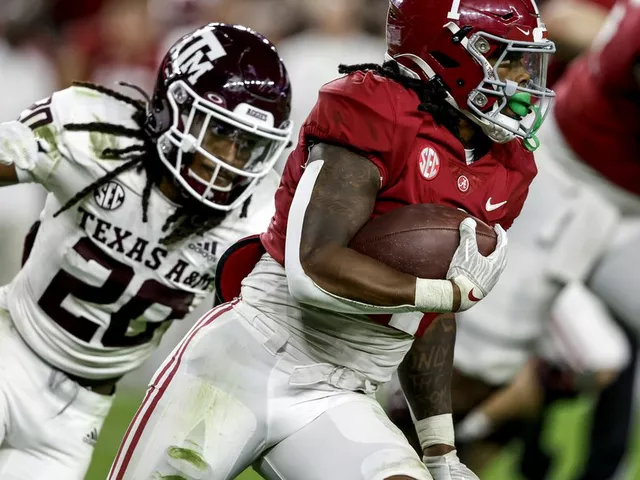Cardiac Arrest: Quick Facts for Fans and Fighters
Cardiac arrest can happen to anyone – a spectator, a boxer, or a coach. It isn’t the same as a heart attack; the heart stops beating effectively, cutting off blood to the brain. In a sports arena, seconds matter. Knowing the signs and what to do can mean the difference between life and death.
Most people think a heart attack always feels like crushing chest pain, but cardiac arrest often shows up as sudden collapse, loss of consciousness, and no pulse. It can strike without warning, even in athletes who look perfectly fit. That’s why quick action matters more than medical jargon.
Recognizing the Signs
If someone falls flat, isn’t breathing or is only gasping, and you can’t feel a pulse, treat it as cardiac arrest. Don’t wait for a doctor’s diagnosis; start help right away. In a gym or arena, the environment can be noisy, so you might need to shout, "Help! Someone isn’t breathing!" to draw attention.
A common mistake is assuming the person is just “tired” after an intense round. Look for these red flags: sudden limpness, silent or irregular breathing, and no response when you tap their shoulder. Even if you’re not sure, the safer choice is to act as if it’s cardiac arrest.
How to React and Prevent
Step one: call emergency services. If you have a phone nearby, dial 911 (or your local emergency number) and give a clear location – "Arena, Section B, near the ring". Step two: start CPR immediately. Push hard and fast in the center of the chest, about 100–120 compressions per minute – think of the beat of "Stayin’ Alive".
If an automated external defibrillator (AED) is in the venue, grab it as soon as possible. Turn it on, follow the voice prompts, and attach the pads. The device will tell you when to deliver a shock. Even if you’ve never used an AED, the instructions are simple and the machine guides you.
After the emergency is handled, think about prevention. Athletes should get regular heart screenings, especially if they have a family history of heart problems. Coaches can keep a list of emergency contacts and ensure AEDs are accessible and tested monthly. Fans can learn basic CPR – many community centers offer free classes.
Being prepared isn’t just for the medical staff. A quick, confident response from anyone in the crowd can buy precious minutes until professionals arrive. And those minutes can save a life.
Remember: cardiac arrest strikes fast and often without warning. Spot the signs, call for help, start CPR, and use an AED if it’s there. Keep these steps in mind the next time you’re at a match or training session, and you’ll be ready to act when every second counts.
